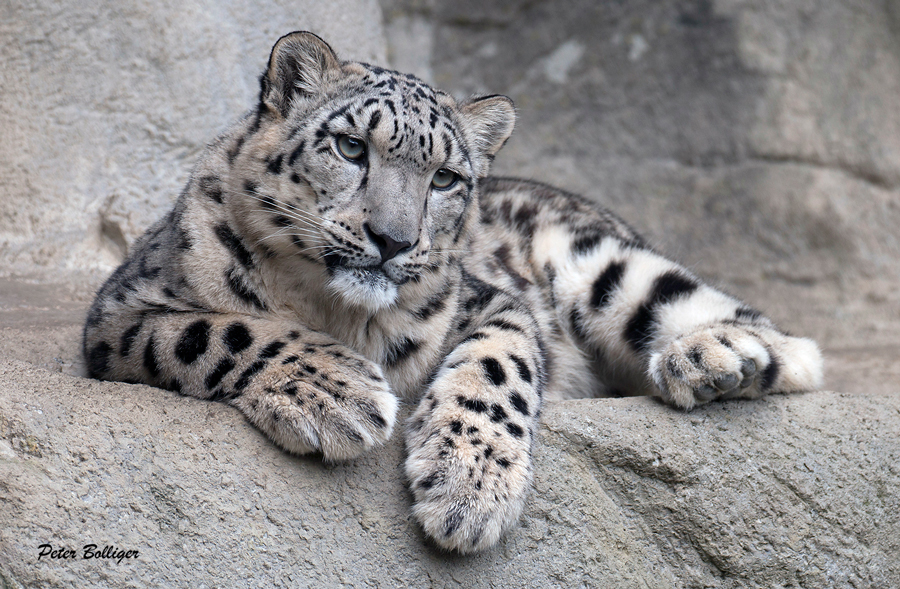The Snow Leopard Trust aims to protect this endangered cat through community-based conservation projects that are based on an improved scientific understanding of snow leopard behavior, needs, habitats and threats.

Photos © Snow Leopard Trust
Conservation Programs
Snow leopards live in vast home ranges – some cats have been known to use up to 1,000 square kilometers. While it is important to secure their key habitats through Protected Areas, it simply isn’t enough.
To protect these endangered cats, we need to work at a larger landscape level, and find ways for snow leopards to coexist with the people sharing their habitat. This is the focus of our conservation approach.
Many of the families living in snow leopard habitat are herders who live on less than $2 per day and depend on their livestock for food and income. The snow leopard occasionally attacks and kills livestock, and members of these low-income communities sometimes resort to retaliation killings or poaching of snow leopards to protect their herds of livestock or earn extra money.
Our community-based conservation programs aim to break this cycle of poverty and create incentives for herders to protect local wildlife and ecosystems.




